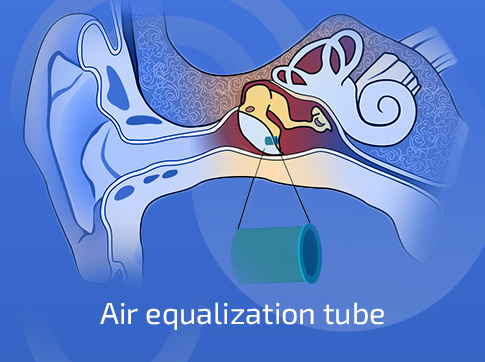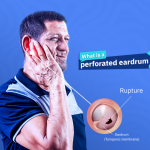Ear Tubes
Ear tubes are an effective solution for addressing fluid accumulation in the middle ear. When fluid builds up, individuals may experience hearing difficulties. These tubes safely address the issue and help reduce the associated discomfort. However, they are typically reserved for specific cases. Continue reading to learn when and why ear tubes are used.

Ear tubes are an effective solution for addressing fluid accumulation in the middle ear. When fluid builds up, individuals may experience hearing difficulties. These tubes safely address the issue and help reduce the associated discomfort. However, they are typically reserved for specific cases. Continue reading to learn when and why ear tubes are used.
- What Are Ear Tubes?
- Uses of Ear Tubes
- Conditions Treated by Ear Tubes
- Benefits of Ear Tubes
- Ear Tube Surgery
- Post-Surgical Guidelines
- Potential Complications
What Are Ear Tubes?
Ear tubes are small, hollow cylinders usually made of plastic or metal. They are surgically inserted into the eardrum. Their purpose is to ventilate the middle ear and prevent the development of negative pressure and fluid buildup—conditions especially common among children. These tubes are also known as tympanostomy tubes or ventilation tubes.
Uses of Ear Tubes
Ear tubes serve several functions:
- Air Pressure Regulation: They allow air to freely flow between the middle ear and the outside environment, helping to equalize pressure and prevent fluid accumulation.
- Fluid Drainage: They act as small channels that allow built-up fluid caused by infections to drain out, reducing the risk of further infections.
- Hearing Preservation: Draining fluid from the ear helps maintain normal hearing and prevents hearing loss caused by fluid retention.
- Infection Prevention: By keeping the middle ear ventilated and dry, they reduce the frequency of ear infections, especially in children.
Conditions Treated by Ear Tubes
Ear tubes serve several functions:
- Air Pressure Regulation: They allow air to freely flow between the middle ear and the outside environment, helping to equalize pressure and prevent fluid accumulation.
- Fluid Drainage: They act as small channels that allow built-up fluid caused by infections to drain out, reducing the risk of further infections.
- Hearing Preservation: Draining fluid from the ear helps maintain normal hearing and prevents hearing loss caused by fluid retention.
- Infection Prevention: By keeping the middle ear ventilated and dry, they reduce the frequency of ear infections, especially in children.
Benefits of Ear Tubes
- Reduce future ear infections and the need for repeated antibiotic use.
- Improve hearing by relieving fluid-related issues or negative pressure.
- Support speech and language development in children.
- Address balance problems caused by middle ear issues.
- Enhance sleep quality and communication by reducing chronic ear problems.
- Decrease ear pain linked to fluid pressure or infection.
These benefits highlight the importance of timely intervention to avoid complications and improve quality of life, particularly for children affected by frequent ear infections.
Ear Tube Surgery
This surgical procedure involves inserting tiny tubes into the ears to drain fluid, ventilate the middle ear, and relieve pressure. It’s one of the most common surgeries performed in children but is also suitable for adults.
Before Surgery: Parents should ensure the child takes all prescribed medications and inform the doctor about any current medications.
During Surgery: Under general anesthesia, a small incision is made in the eardrum to remove fluid, followed by tube insertion into the opening.
After Surgery: The patient may experience drowsiness or nausea from the anesthesia. Most people recover within a day or two. Mild pain may be managed with over-the-counter pain relievers. Normal activity can usually resume within 24 hours.
In most cases, tubes fall out naturally within 9 to 18 months. If they remain longer than two years, a doctor may remove them surgically.
Post-Surgical Guidelines
To support healing and avoid complications:
- Keep ears dry; use earplugs during bathing or swimming.
- Avoid inserting anything into the ear canal to prevent damage or infection.
- Attend regular follow-ups to ensure tubes are functioning and infection-free.
- Seek medical advice if foul-smelling discharge is observed, as this may indicate infection.
- Use ear protection in loud environments as ears may be more sensitive.
- Avoid swimming or diving for the first few weeks post-surgery.
Potential Complications
Although ear tubes are generally safe, some risks include:
- Bleeding or infection.
- Persistent fluid discharge.
- Tube blockage with blood or mucus.
- Eardrum scarring.
- Tubes falling out too early or remaining too long.
- Eardrum not closing properly after tube removal.
Following medical advice and maintaining regular check-ups greatly reduces the likelihood of complications.
Ear tubes are a valuable tool for treating recurring middle ear infections. By improving hearing and reducing the risk of complications, they help restore auditory function and protect ear health, especially in children.






